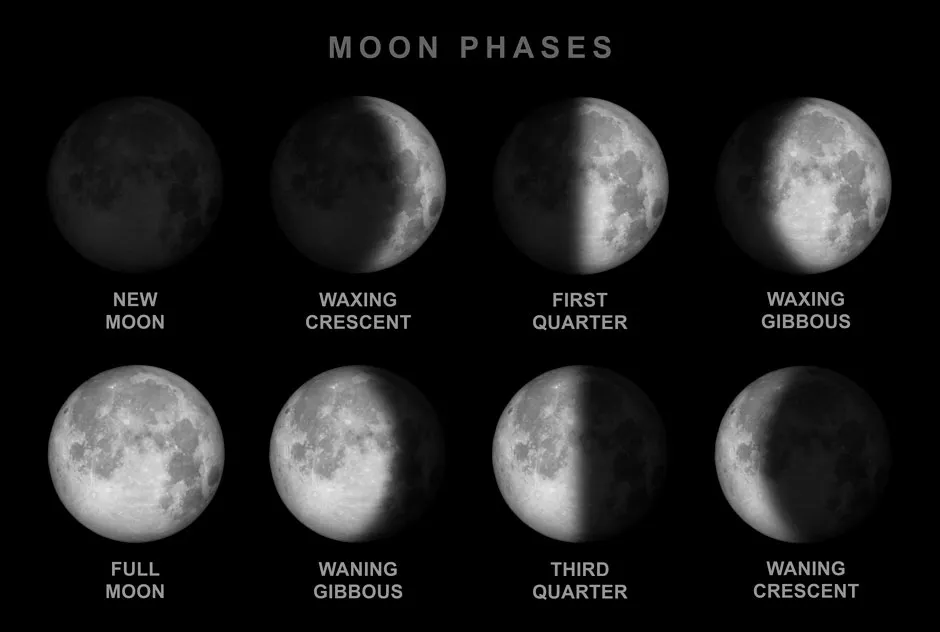The lunar cycle is something that has fascinated stargazers since they first looked up into the night sky. And the new Moon, in particular, has played a significant role in many religious and cultural practices. So: when is the next new Moon?
June’s new Moon marks the start of Tammuz on the Hebrew calendar, and lands three days before the astronomical first day of summer 2023 and summer solstice.
Keep on reading to find out when the next new Moon is, and what constellation the new Moon will be in this June.
When is the new Moon in June 2023?
The new Moon this month is set to rise at 5:37am on 18 June and will set at 10:22pm on the same day in London (timings will vary with location).
The Sun will rise on 18 June at 4:42am and set at 9:20pm, meaning the new Moon will rise just after the Sun and be up during daylight hours.
As the new Moon’s rising and setting time largely coincides with that of the Sun, you won’t be able to see the beginning of the latest lunar cycle as it’s lost in the Sun's glare.
What is a new Moon?
A new Moon marks the beginning of the lunar cycle. During this phase, you likely won’t be able to see the Moon as it will appear completely dark in the sky.
The phenomenon takes place when the Moon is located between the Sun and the Earth in a straight-line configuration, with the celestial body’s illuminated side facing away from us on Earth. For the unaware, this is named a syzygy, or conjunction.
Essentially, in this opening phase of the lunar cycle, the side of the Moon we can see is entirely in shadow. The full Moon takes place when the side we see from Earth is illuminated entirely by the Sun.

Following the new Moon, the lunar cycle enters into its waxing crescent, first quarter, waxing gibbous, full Moon, waning gibbous, third quarter, and, finally, waning crescent before starting the whole 29.53-day cycle all over again. You get a Black Moon on those rare occasions there are two new Moons in a month.
Can you see a new Moon with the naked eye?
Typically speaking, you cannot see a new Moon with the naked eye. This is because the Sun isn’t shining on the side we can see from Earth and the Moon is hidden by the glare of the Sun. In the few days after 18 June, though, you should be able to see a thin crescent of the Moon, known as Earthshine.
You can, however, see a new Moon if it's taking place at the same time as a solar eclipse. A solar eclipse can only occur on a new Moon but this doesn’t mean there will be a solar eclipse taking place on 18 June.
The next solar eclipse (annular) is set to take place on 14 October 2023, fully viewable in the USA, Mexico, and nations in Central America and northern South America.
What constellation will the new Moon be this June?
On 18 June, the new Moon will be to the south of the constellation of Auriga and to the west of Taurus. At this time, the new Moon will be in the vicinity of the Sun and will be almost impossible to spot with the naked eye (don’t go blinding yourself trying to find it!).
Read more:
